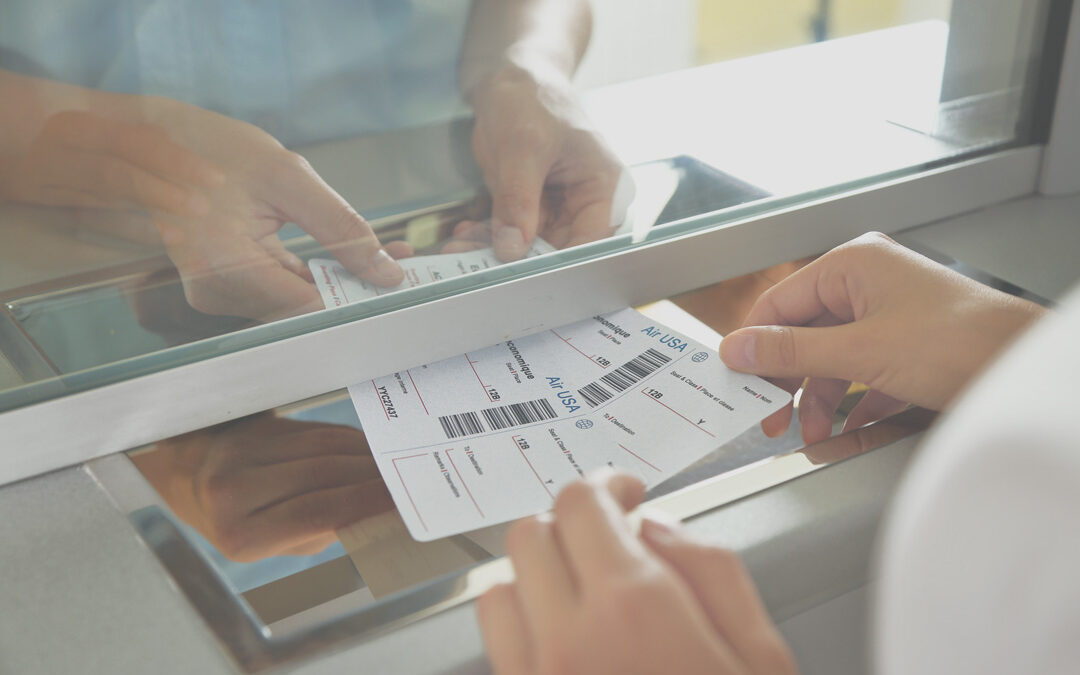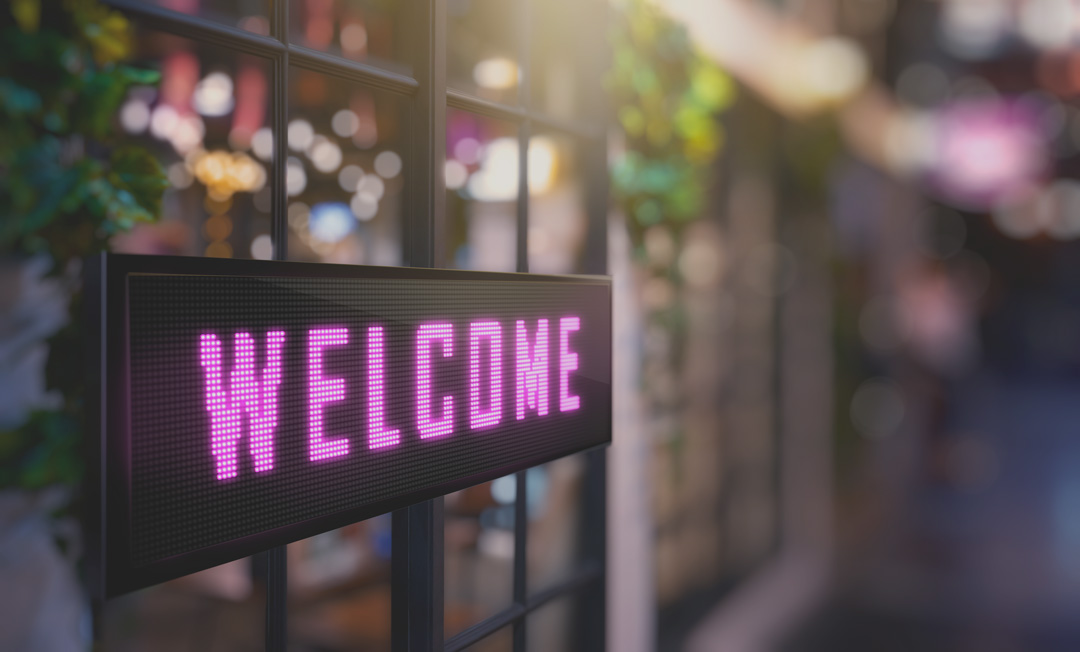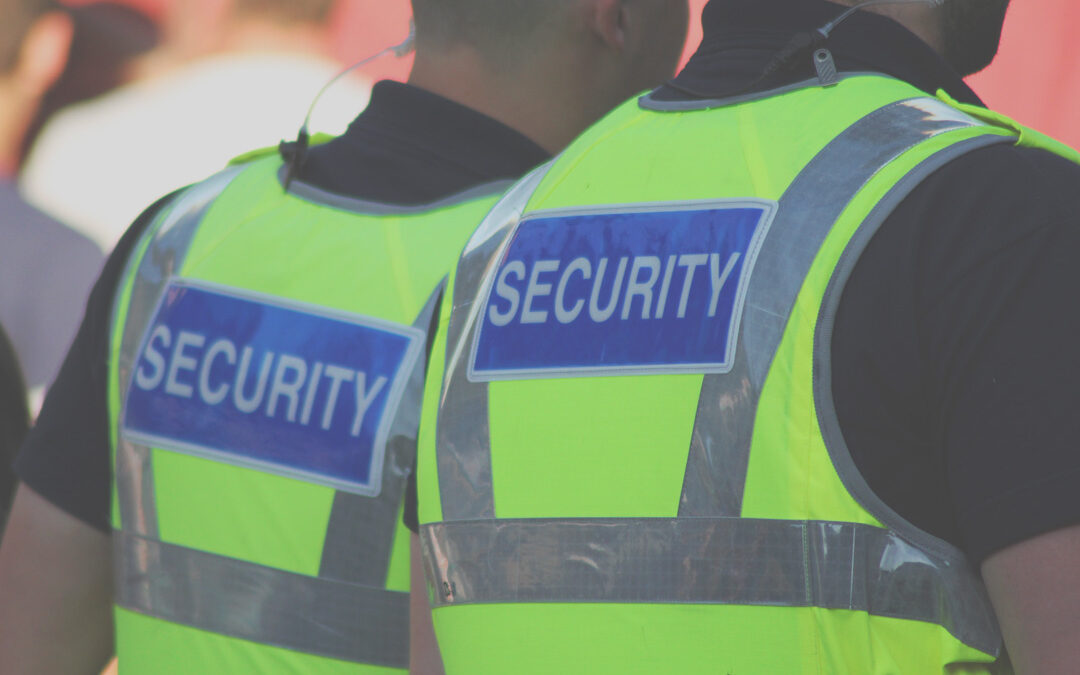More Efficient Networking
Networking in particular can be greatly improved by using beacon networks to show users a mobile view of other attendees, as well as venues and sessions in the area. Combine this information with tight LinkedIn integration and in-app messaging and attendees are armed with the insight and tools to initiate the right conversations with the right people.
Aimed at inspiring more meaningful connections, leveraging hyper-local beacons to sync the right people has the potential for creating more memorable events. At larger events where attendance can be in the hundreds of thousands, it’s valuable for honing in on the most relevant users. Providing deeper context, apps can now show which LinkedIn contacts are in the vicinity and which of those have similar session favorites.
Keeping Attendees Up To Speed
Most conference attendees and festival audiences now rely on an event’s official app to plan and maximize their experience. It’s an effective way to personalize their schedules, prioritize their time, and get to where they need to be.
Adding another layer to real-time attendee updates, beacon-enabled alerts reach the right attendees based on their location. Inevitable scenarios such as session changes or last-minute ticket releases can now be pushed out as alerts to nearby attendees, making it easy to manage an event’s moving parts and communicate these changes in the most relevant way.
Driving Real-Time Participation
While session-level discussion and participation often rank high as indicators of event engagement, they can also be challenging to achieve. The key to harnessing the commonality of interest in a specific topic can be as simple as providing a way for attendees to check in to sessions at a given venue.
Beacons make this possible by recognizing attendees in a room or venue, prompting them to check in with the event app, and letting them join ongoing conversations with other users at the same session, enabling a new level of interaction. Tapping into this engagement, organizers can also run in-app polls in real time and drive survey responses from those same users.
Removing the Friction From Event Activities
Larger, more complex events are inherently more of a logistical challenge for attendees. From navigating massive trade show floors to dealing with extensive queues, these mandatory’s can take away from the overall experience.
To streamline badge pick-up, beacons can be used to serve up the required information to arriving attendees in the registration area. Often the first interaction at an event, a fast-tracked registration process ensures a solid first impression and allows attendees to make the most of their time. Smart phones including the Apple Watch also work with beacons to display tickets or codes on the watch with zero effort, delivering a new level of convenience and ease.
Beacon-enabled way finding enables users to navigate vast indoor spaces such as exhibitor areas, providing attendees with routing and turn-by-turn directions, and event organizers with behavioral data and visual heat maps on real-time occupancy and dwell time. This unprecedented level of real-time insights can be invaluable for managing crowd control and helping organizers plan and optimize future events.
Amplifying Brand & Building Engagement
As use cases for beacons continue to emerge at leading events, its overall value is apparent to marketers seeking unique ways to showcase their brands. Some of the world’s stellar events have already seen real-world successes, pioneering different approaches for implementing and taking advantage of beacon capabilities.




Recent Comments